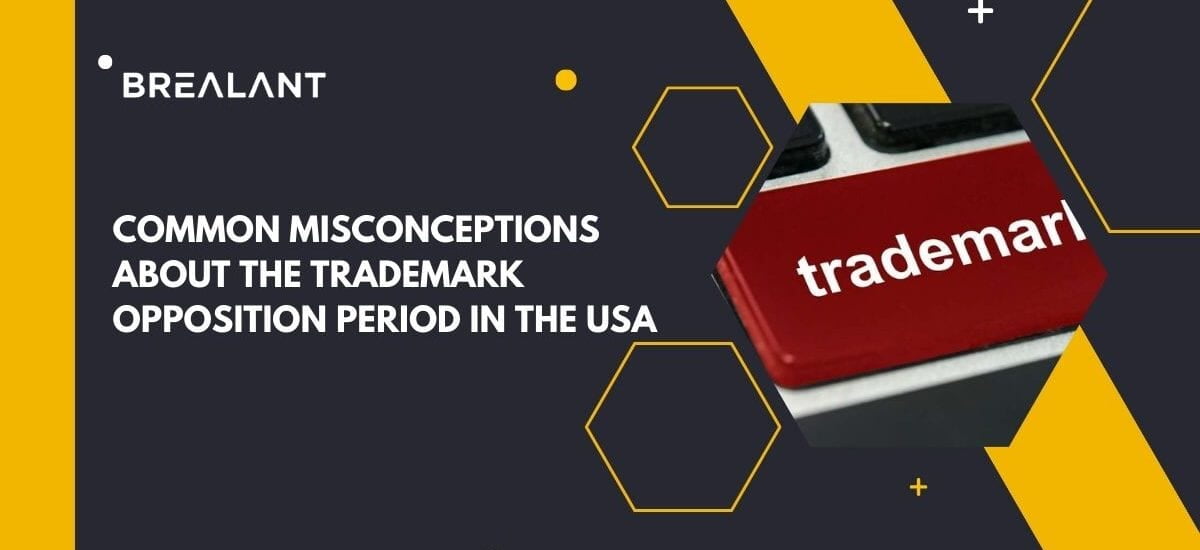
The Trademark Opposition Period (TMP) is a phase of intellectual property law that applies to trademarks. It permits one party to oppose another party’s proposed use of a trademark. During the TMP, the opposing party may file an opposition with the US Patent and Trademark Office (USPTO). The opposing party must generally provide grounds for its opposition and may request that the trademark be canceled or suspended. If you believe that someone is infringing your trademark during this period, you have the right to file a formal opposition.
There are a few things to keep in mind before filing a trademark application in the USA. The opposition period is one of them. You may be wondering what it is and why you might need to go through it. Keep reading for an understanding of this key phase of your trademark journey.
What is the Trademark Opposition Period in the USA?
The Trademark Opposition Period in the USA is a time that provides trademark owners with an opportunity to file an opposition to trademarks that are allegedly similar to their own. This period begins 15 days after the owner first becomes aware of the trademark issue and ends 120 days after the filing of the opposition.
While it is true that the Trademark Opposition Period in the USA is specific to trademarks that are registered with the US Patent and Trademark Office, it is also applicable to trademarks that are not registered with US Patent and Trademark Office.
When a trademark owner files a trademark application, the U.S. Patent and Trademark Office (USPTO) will process the application, as well as examine any oppositions that may have been filed. The opposition period is the time during which opponents can file documents with the USPTO to oppose the mark’s registration.
Most opponents filing during the opposition period will do so either shortly after receiving notice of filing (by mail) or after first accessing and reviewing information about the registered mark on USPTO’s website (with a search engine). While there are some exceptions, most opponents generally attempt to comply with all procedural requirements set forth by USPTO before filing an opposition.
While most opponents filing during the opposition period take proper action, there are still some common misconceptions about this process that could harm your ability to register your mark. There are several common misconceptions about the TMP. Here are some of them:
- The TMP only applies to trademark disputes between businesses.
- The TMP doesn’t apply to trademark registrations made before it took effect.
- The TMP applies only to marks that are in use or have been used in the past six months.
- The TMP doesn’t apply to marks that are merely pending registration with the USPTO.
- The TMP doesn’t affect determinations by foreign intellectual property courts or other government agencies with jurisdiction over the dispute.
- That you have to wait until after the Opposition Period has expired before you can file an Opposition;
- That you must engage in legal action against anyone who files an Opposition; and
- That you must win an Opposition in order to obtain a registration for your mark.
Does the Trademark Opposition Period in the USA have a limited time?
In accordance with 15 U.S.C. § 1115, any party who files a trademark registration must commence an opposition period that lasts for four months from the deposit date or, if earlier, four months after publication of the registration. The mere filing of an application does not start the opposition period. Rather, there must be some act or acts reasonably calculated to produce an effect upon the public that constitutes an opposition. There are three types of oppositions available: potential disparagement; false designation of origin; and non-use (invalidity).
Conclusion
You should file your trademark application as soon as possible after establishing your mark. The opposition period gives other people the opportunity to file a complaint with the US Patent and Trademark Office (USPTO). During this time, you will need to provide proof that your mark is valid and that you are using it lawfully. Anyone can oppose your application, so be prepared for a long battle. But by following these tips, you can ensure a positive outcome.
There are many misconceptions about the TMP, and some people believe that it is a rubber-stamp process that allows others to infringe on their trademarks without consequence. In actuality, the TMP is an important step in the trademark application process and should not be taken lightly. Failing to oppose your trademark during this period can lead to long delays and costly litigation. Misconceptions can lead to ambiguity and that can risk your mark, avoid this risk by guaranteeing your mark’s safety with top-notch IP solutions offered by Brealant TM. A well-known IP service provider firm that strives to provide tech-driven IP solutions. Visit the official website and know more about the services.

